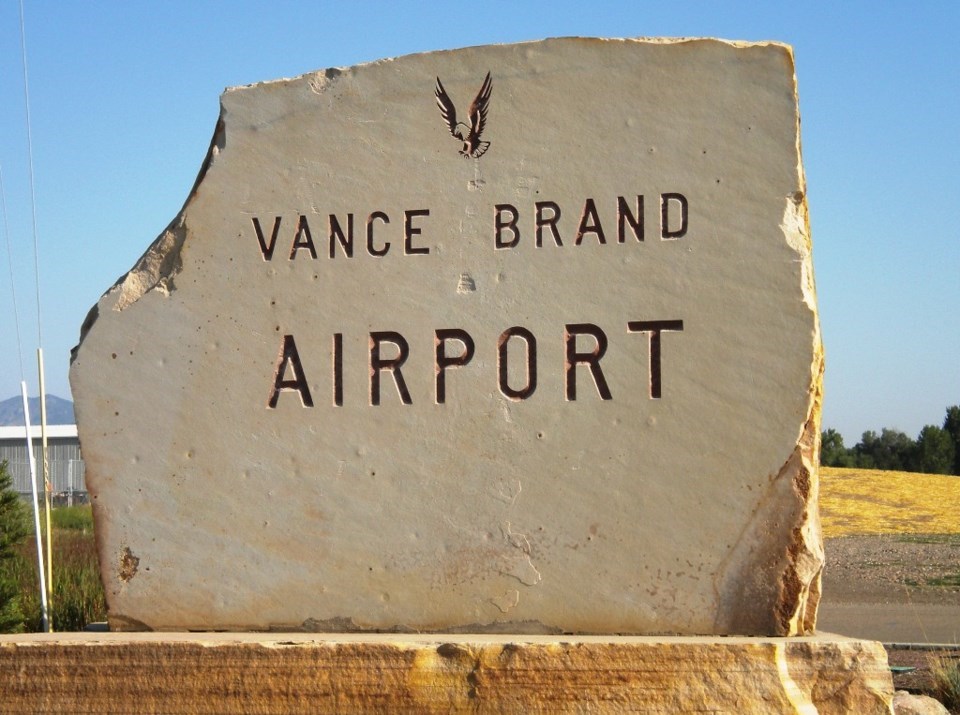Claims that Longmont unfairly imposed fees and restricted the landing area for a skydiving company at Vance Brand Municipal Airport have been brushed aside by the Federal Aviation Administration.
A news release issued Monday by the city of states the FAA dismissed the complaint by Mile-Hi Skydiving that alleged:
- Longmont violated Federal Grant Assurance 22, “Economic Discrimination,” when in 2017 it established a parachute drop zone, or PDZ, location and fee structure that was smaller and more expensive than the area that Mile-Hi used in previous years.
- That Longmont’s requirement that Mile-Hi report off-site landings also violated Grant Assurance 22.
- Longmont violated Grant Assurance 23, “Exclusive Rights,” by unreasonably restricting skydiving through an arbitrary and unreasonable fee, arbitrary restriction of available landing area and by monitoring Mile-Hi’s usage of airport property to determine compliance.
The FAA’s ruling found no violation by Longmont of either of the two grant assurances, according to the release. The decision affirms the city acted reasonably in designating the drop zone and devising the fee structure, the release states.
“The city’s goal has always been to implement effective rules for the safety of all airport users,” City Manager Harold Dominguez stated in the release. “It’s gratifying that the FAA has agreed with our management approach.”
A call to Mile-Hi Skydiving went unanswered Monday afternoon and the company did not respond to a message seeking comment on the ruling.
The decision, according to the release, states, “The Director agrees with Longmont that it is the airport’s responsibility to consider what is a reasonable fee for the jumpers and/or their organizations can pay for using airport property … the record shows there was a series of valid reasons for Longmont to adjust the (parachute drop zone) permit rate.”
The city in October 2018 began monitoring Mile-Hi Skydiving operations, and The Associated Press in April 2019 reported that cameras on several occasions recorded parachutists landing outside the drop zones laid out by the city and the company.
One the second issue, Mile-Hi Skydiving argued the drop zone was too small. According to the release, the FAA in its decision found “Mile-Hi has failed to present relevant facts and an argument necessary to persuade the Director that 338,000 square feet is too small for a PDZ, how such a PDZ would be unsafe, or how setting the size of the PDZ at 338,000 square feet would in any way limit the access to a user or potential user of the airport.”
The decision also found Longmont regulation requiring reporting of off-site landings is reasonable and not unjustly discriminatory, the release states. In addition to dismissing the complaint in its entirety, the decision notes the PDZ location and size present no inherent unsafe conditions at the airport, as Mile-Hi had alleged, according to the release.
Mile-Hi has 30 days to file an administrative appeal under FAA rules.
The FAA determination follows a Boulder County District Court in May 2019 dismissing a suit based on similar claims by Mile-Hi. The court found the FAA had sole jurisdiction over the issues raised.
The airport was the site of four skydiving deaths between September 2018 and June 2019, according to the Times-Call.


